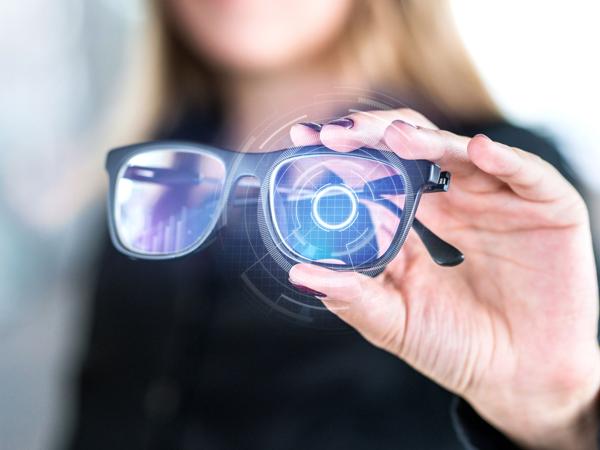Augmented Reality (AR) is an innovative technology that blends digital information with the real world, enhancing how we interact with our surroundings. While once considered futuristic, AR is increasingly becoming part of our daily routines. From navigation aids to educational tools, AR is quietly enhancing our lifestyles and simplifying various tasks.
A New Dimension to Navigation
Navigating unfamiliar places can be challenging, but AR is here to help. Applications like Google Maps have integrated AR to make finding your way more intuitive. By overlaying directions onto your smartphone’s camera view, AR allows users to see arrows and street names in real-time as they walk. This can significantly reduce the stress of navigating new environments and ensure you get where you need to be without unnecessary detours.
Improving Shopping Experiences
Shopping is another area benefiting from AR innovations. Many retailers have adopted AR to help customers visualize products before they buy. For instance, furniture companies like IKEA offer apps that allow consumers to see how a couch or a table might fit into their living spaces. This can improve decision-making and reduce the need for returns, benefiting both customers and retailers.
Education and Training Applications
AR's role in education is expanding, offering interactive and engaging learning experiences. Educators use AR applications to bring subjects like history and science to life. For example, apps can allow students to explore ancient ruins in 3D right from their classroom. Such experiences can make learning more engaging and memorable.
In professional training, AR can simulate real-world scenarios in a controlled and safe environment. This is particularly useful in fields such as healthcare, where AR can assist medical students in understanding complex anatomy without needing physical cadavers.
Enhancing Social Interaction
Social media platforms are also embracing AR to enrich user interaction. Snapchat and Instagram offer AR-powered filters that modify how photos and videos appear. These playful features are popular among users and add a layer of creativity to social media content.
Augmented Reality Glasses
While smartphone AR applications are widespread, wearable AR technology, like augmented reality glasses, is gaining interest. These glasses can overlay information directly in your line of sight. Imagine reading a recipe on your glasses while you cook or having real-time translations appear as you travel abroad. Although still in developmental stages, AR glasses hold promise for seamless integration of digital information into our everyday lives.
Considerations and References
It's important to note that while AR offers many potential benefits, its adoption comes with challenges. Privacy concerns, data security, and the need for robust internet infrastructure are all considerations that must be addressed as AR technology evolves.
For additional insights, you might find these references useful:
- Reference [1]: Google Maps' AR Walking Directions Google Blog
- Reference [2]: IKEA's Place App on the Apple Store
- Reference [3]: AR in Education EdTech Magazine
- Reference [4]: Snapchat’s AR Filters Snap Inc. Website
With each advancement, AR continues to find its way into more aspects of our day-to-day lives. While we may not realize it, AR is quietly creating new ways to interact with the world around us. It’s an exciting area to watch, as its potential is far-reaching and continuously evolving.




